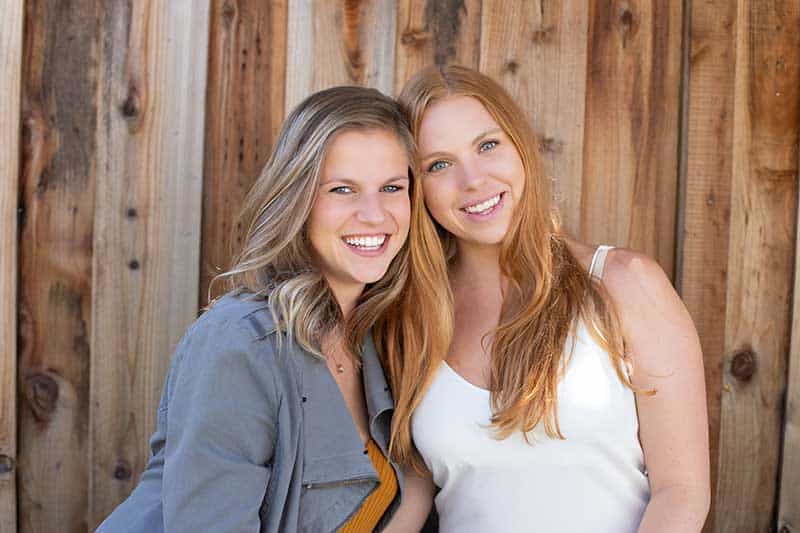Safe Sleep Practices for Newborns

Throughout history and different cultures, families have practiced different sleep routines with newborns. At Bay City Doulas, our goal is to share evidence-based information with you while maintaining that you are the experts of your family and its unique needs. According to the National Sleep Foundation, newborns need 14-17 hours of sleep daily to support their rapid growth and development. Rest will be central to the rhythms and routines of your family during the first months of your baby’s life , into childhood, and beyond! Today we are here to talk about safe sleep practices for newborns.
Safe Sleep Recommendations by the AAP
Below we summarize the Safe Sleep recommendations of the American Academy of Pediatrics (AAP) most relevant to caregivers. Some of these guidelines are specific, and others are broader, but all aim to empower you to establish a safe sleep routine that works best for your family. These are the listed recommendations!
1. Back to sleep for every sleep.
2. Use a firm sleep surface.
3. Breastfeeding is recommended.
4. It is recommended that infants sleep in the parents’ room, close to their parent’s bed, on a different surface designed for infants, ideally for the first year of life or at least for the first six months.
5. Keep soft objects and loose bedding away from the infant’s sleep area to reduce the risk of SIDS, suffocation, entrapment, and strangulation.
6. Consider offering a pacifier at nap time and bedtime.
7. Avoid smoke exposure during pregnancy and after birth.
8. Avoid alcohol and illicit drug use during pregnancy and after birth.
9. Avoid overheating and head covering in infants.
10. Pregnant women should obtain regular prenatal care.
11. Infants should be immunized by the AAP and Centers for Disease Control and Prevention recommendations.
12. Avoid using commercial devices that are inconsistent with safe sleep recommendations.
13. Do not use home cardiorespiratory monitors as a strategy to reduce the risk of SIDS.
14. Supervised, awake tummy time is recommended to facilitate development and minimize positional plagiocephaly development.
15. There is no evidence to recommend swaddling as a strategy to reduce the risk of SIDS.
More detail, related research, and a complete list of AAP Safe Sleep Recommendations can be found here.
While these are the current recommendations, evidence and advice are always changing!
Co-sleeping
The AAP recommends against co-sleeping, even with bed-sharing devices designed for safer sleep. Other research demonstrates that co-sleeping is associated with a wide range of positive health and psychosocial outcomes.
If you decide to co-sleep, the following AAP guidelines can reduce the risk of harm:
- Parents should refrain from drug use or smoking if they choose to co-sleep
- Babies born premature or underweight shouldn’t sleep in the parental bed.
- A baby should never sleep on recliners, chairs, couches, sofas or water beds.
- Babies who aren’t breastfed have an increased risk of SIDS; breastfeeding keeps babies and mothers in a lighter stage of sleep, which promotes a greater awareness of what the other is doing.
- Regardless of where infants sleep,always make sure they sleep on their back.
- Toddlers or older children should not sleep next to infants.
- Use light sleep clothes and light blankets. Keep pillows and any item that could obstruct breathing away from infants.
- It is recommended to sleep on a firm mattress that is directly on the floor.
- Avoid over-bundling and overheating; to evaluate infants for signs of overheating, such as sweating, or the chest feeling hot to the touch.
While most families begin their parenting journey with their newborns sleeping in their own sleep space, studies have shown that between 60- 75 percent of families who breastfeed will bedshare at some point. Traditionally babies shared beds with their parents during infancy in many cultures. Ultimetly, it is your families decision to decide what sleeping practices work best for you! If you have additional questions it is recommended to talk to your provider about the safest way to fulfil your preferences for infant sleep.
Thank you for reading this week’s blog, “Safe sleep practices for newborns.” We hope this blog helps you establish the best safe sleep routine for your family. Check out our other weekly blogs for more helpful tips on pregnancy, postpartum, and parenthood.

